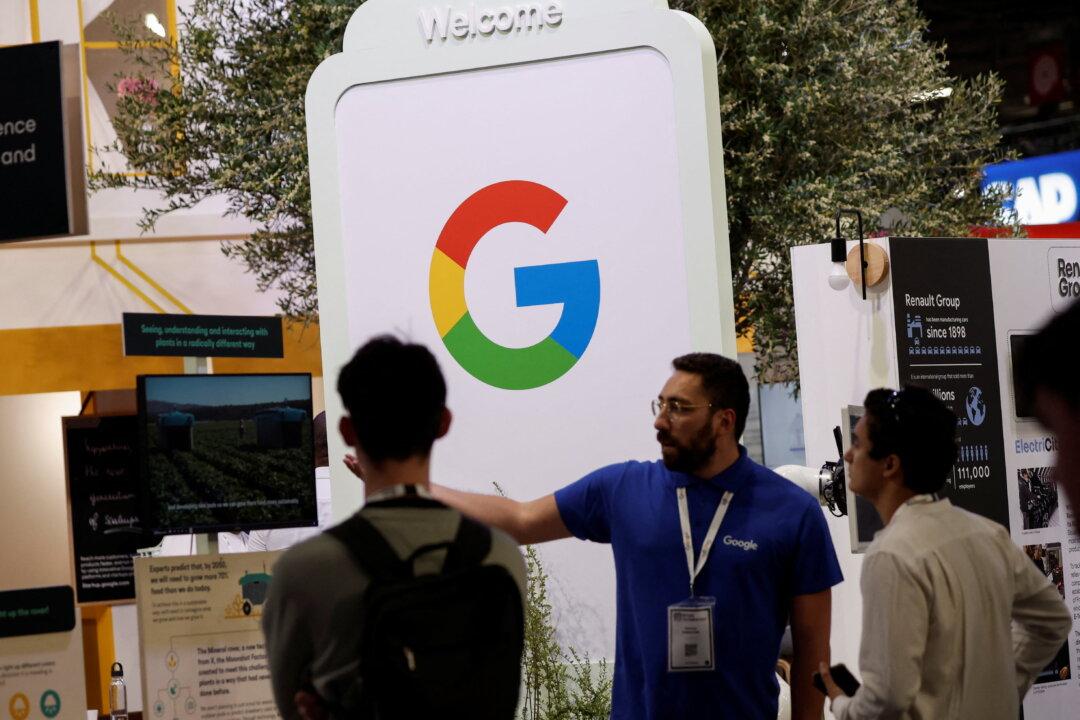LONDON—Vodafone is working with Google to extend the battery life of a smartwatch by reducing the “chatter” between the device and the network, a bigger drain of energy than screen brightness and other settings targeted by low power modes.
The mobile operator has developed an API (application programming interface) that enables apps and operating systems, such as Google Android’s Wear OS, to reconfigure how they communicate with its network, Vodafone’s director of network architecture Santiago Tenorio said.





